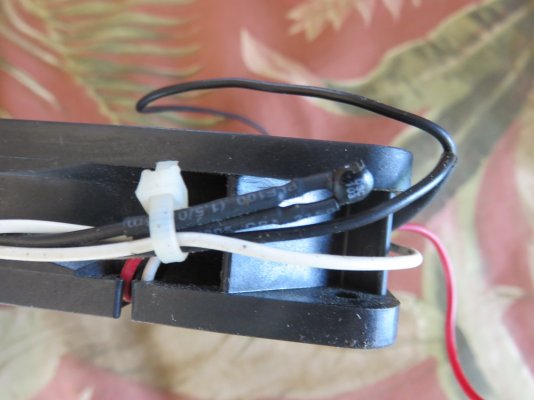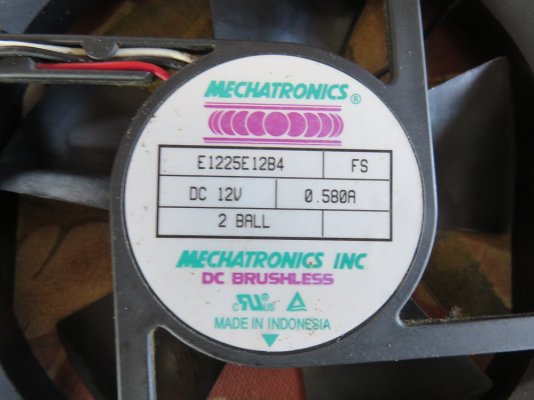Kbollendorf
Newbie
What type of setup is best to use to draw the heat build up from refrigerators. The cabinet area that the frigs are mounted in builds heat during the summer months which cuts down on the effectiveness. I would like to mount some duct work and fan (12V or 120V) to draw this heat out of the cabin area. Most bilge fans I see are not for continuous use (short life cycles) and / or noise restrictive.
My setup: Mainship 40
2 - Isotherm Stainless (12V/120V) Units (130 Size Units)
1 - Isotherm Clear Ice Maker
Thoughts for a good solution. Thank You!
My setup: Mainship 40
2 - Isotherm Stainless (12V/120V) Units (130 Size Units)
1 - Isotherm Clear Ice Maker
Thoughts for a good solution. Thank You!



